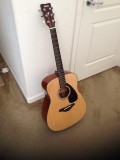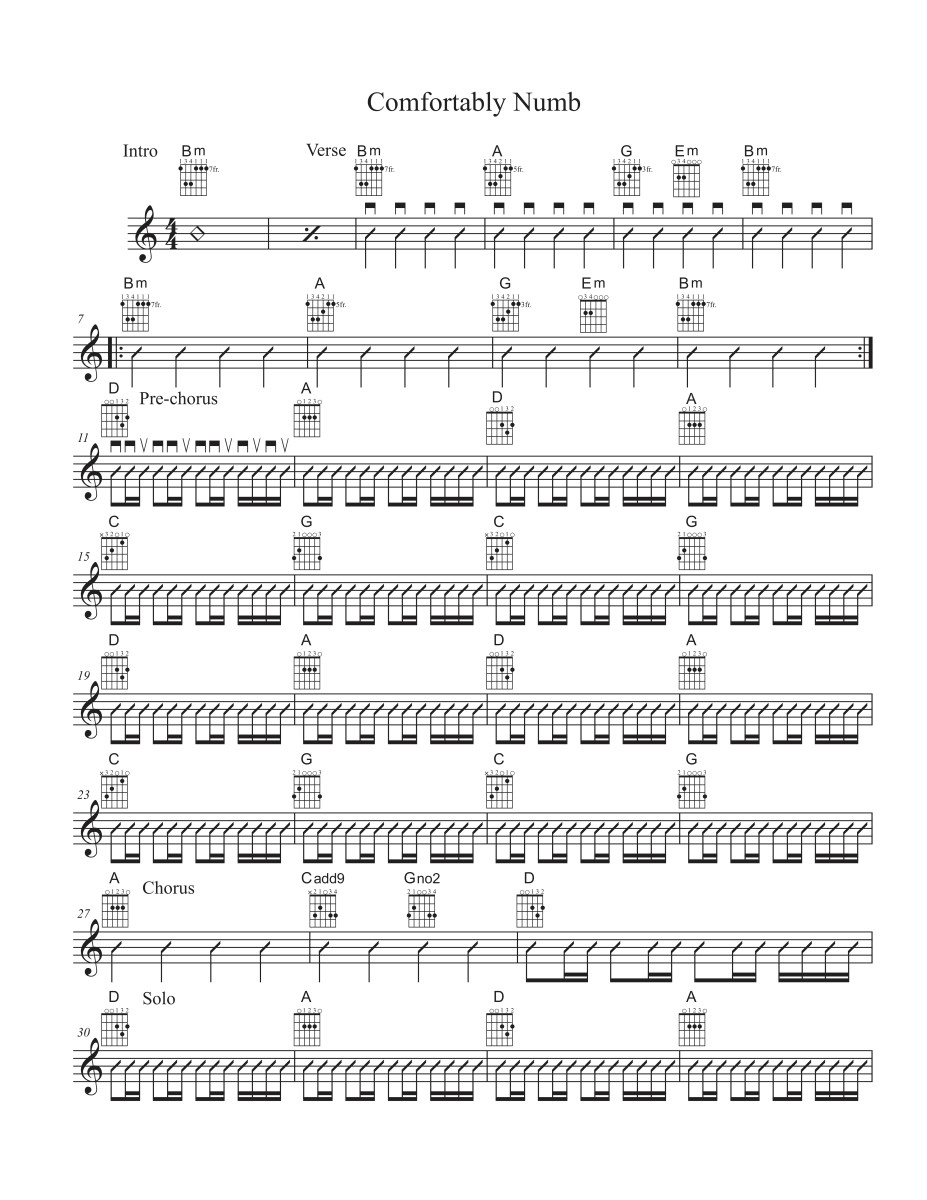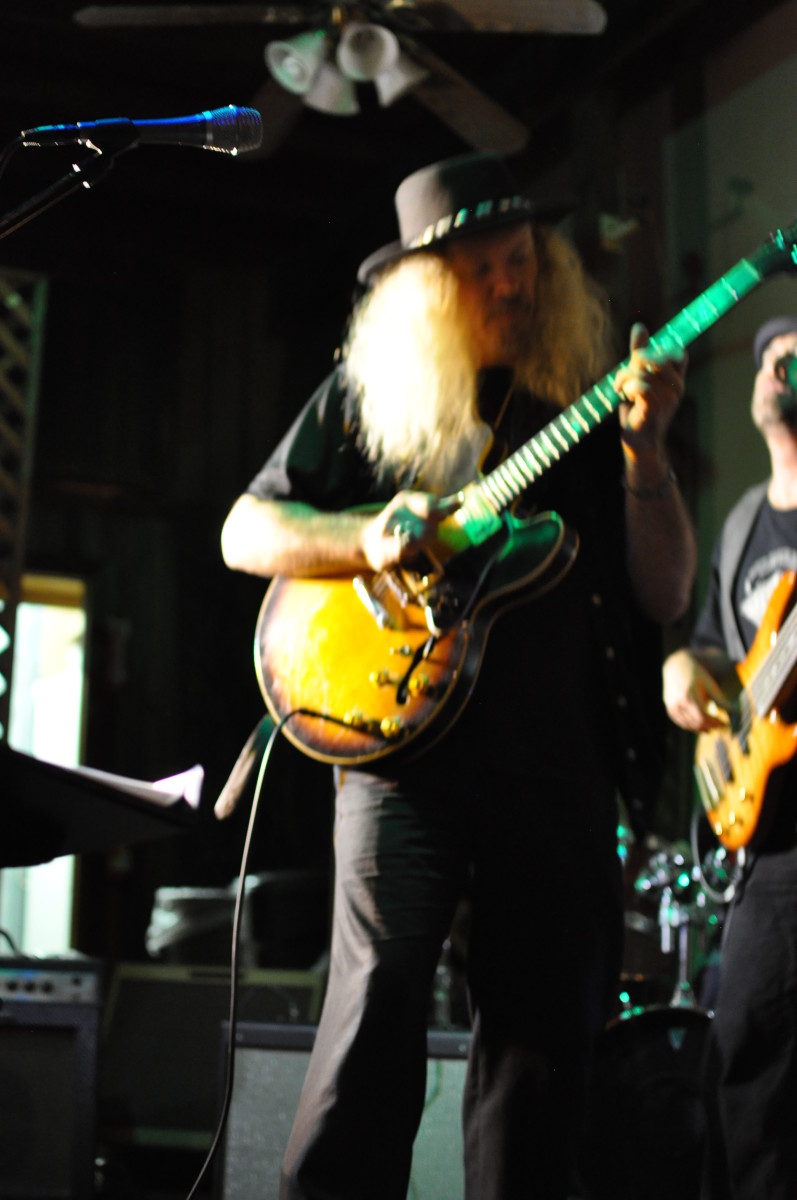Piano: Dominant Chords

As you go along and learn to play piano, you will take note that the keys/chords are getting a little more complicated in their own right. But then that is how many things in life work. On the piano, the dominant chords are probably a little harder to play, as it involves your fingers needing to stretch a little, just like the major seventh chords, but don't worry...they are easy to grasp as it will always be the minor 7th note in your chord, the major seventh is a half step from the root whereas the minor is two half steps down or towards the left from the root. If this sounds confusing to you, don't worry, look at the diagrams below. That should help.
For instance, when you play C major and your notes would be C as the root, E as your 3rd and G as the 5th note. With C7, your 5th note will change...from G it will change to Bb , the minor 7th note in C major. And that will give you the C7 chord.
Also, once you have had a look at the majors, minors and sevenths, you will notice that various letters of chords are grouped in similar areas on your piano keys. For example A, Am and A7 are very similar, except that your fingering changes. It is the same with most of your chords.
Start learning the various chords we have gone through so far. For now get a hold of the basics of chords. Learning all of the chords we have looked at so far will take time. You may want to start by getting a hold of groups of them. Once you have a few of them sorted, you will be well on your way to playing some nice music
How to play a piano dominant chord:
We are going to pick a chord for you to learn and we'll take the easiest:
C dominant/C7. Next, look at the diagram below of the keyboard and position your fingers according to the diagram, making sure you place your finger of your
* right hand on: C (1st finger – thumb), E (3rd finger – middle finger) and Bb (5th finger - pinky)
* left hand on: C (5th finger – pinky), E (3rd finger – middle finger) and Bb (1st finger - thumb)
** When you begin playing with your left hand, you’ll notice that the fingering is often the same for both hands. The same fingers play the same notes in both scales, but the numbers are inverted.
(Fingering for both your left and your right hand)
Thumb: 1
Index Finger: 2
Middle Finger: 3
Ring Finger: 4
Pinky Finger: 5
If you are having doubts and getting confused about what to do with your fingers...please refer to one of my previous articles on hand positioning and then come back and continue on from there.
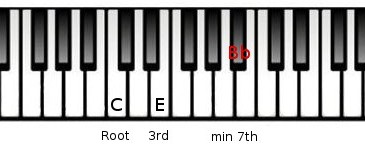
The root of the D dominant (D7) chord is D, with its third an F# and the minor 7th a C
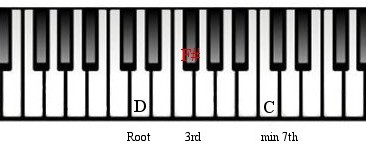
The root of the E dominant (E7) chord is E, with its third a G# and the minor 7th a D
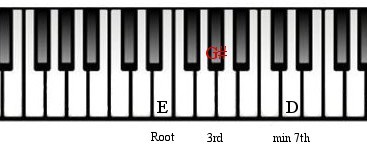
The root of the F dominant (F7) chord is F, with its third an A and the minor 7th an Eb
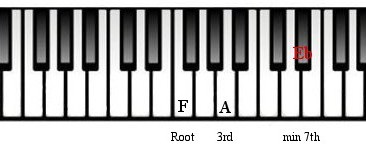
The root of the G dominant (G7) chord is G, with its third a B and the minor 7th an F
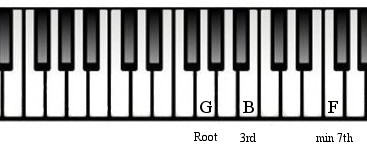
The root of the A dominant (A7) chord is A, with its third a C# and the minor 7th a G
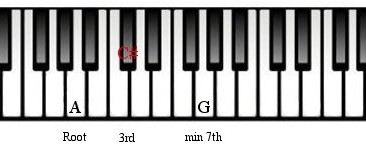
The root of the B dominant (B7) chord is B, with its third a D# and the minor 7th an A
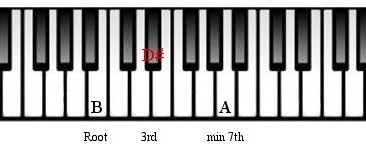
Keep practising!!! You know what they say..."Practise makes Perfect!"
And if you're reading this article and doing it, you haven't given up yet and I'm proud of you. Keep on keeping on.
Happy learning :)
Articles to help you learn how to play piano
- Part 1: The Basics Of Learning To Play Piano
Is it difficult to play the piano? Learning to play the piano is easier than you think. Really, the hardest part is the initial step is to go and sit behind your piano and be motivated to learn the basics.... - Part 2: Piano: Hand Positioning
When you play the piano or keyboard it is very important to position your hands, fingers, wrist, arm and the whole rest of your body correctly. Following these simple suggestions on positioning... - Part 3: Understanding Your Keyboard
In the previous article, we discussed some important principles that you, the new pianist, needs to keep in mind as you step out to learn the piano. In this article we will build upon those principles and... - Part 4: Basic Piano Chords
The above piano shows which notes are being played for each key There are a huge amount of chords that are possible, but most of them are more complex, and many pianist may never even use these complex... - Part 5: Basic Piano Chords Continue
The piano above shows which notes are being played for each key What we have seen so far This is the 5th article in a series on how to play piano. In the first article we went through some important things... - Part 6: Piano: Minor Chords
In the previous two articles (Part 4 and Part 5) we discussed the major chords from A to G. Now you are ready to be introduced to the minor scales from A to G. As you start learning to play these, you will... - Part 7: Piano: Major Seventh Chords
Out of the major, minor and seventh chords, on the piano, the sevenths are probably a little harder to play, as it involves your fingers needing to stretch some, but easy to grasp as it will always be the 7th...

